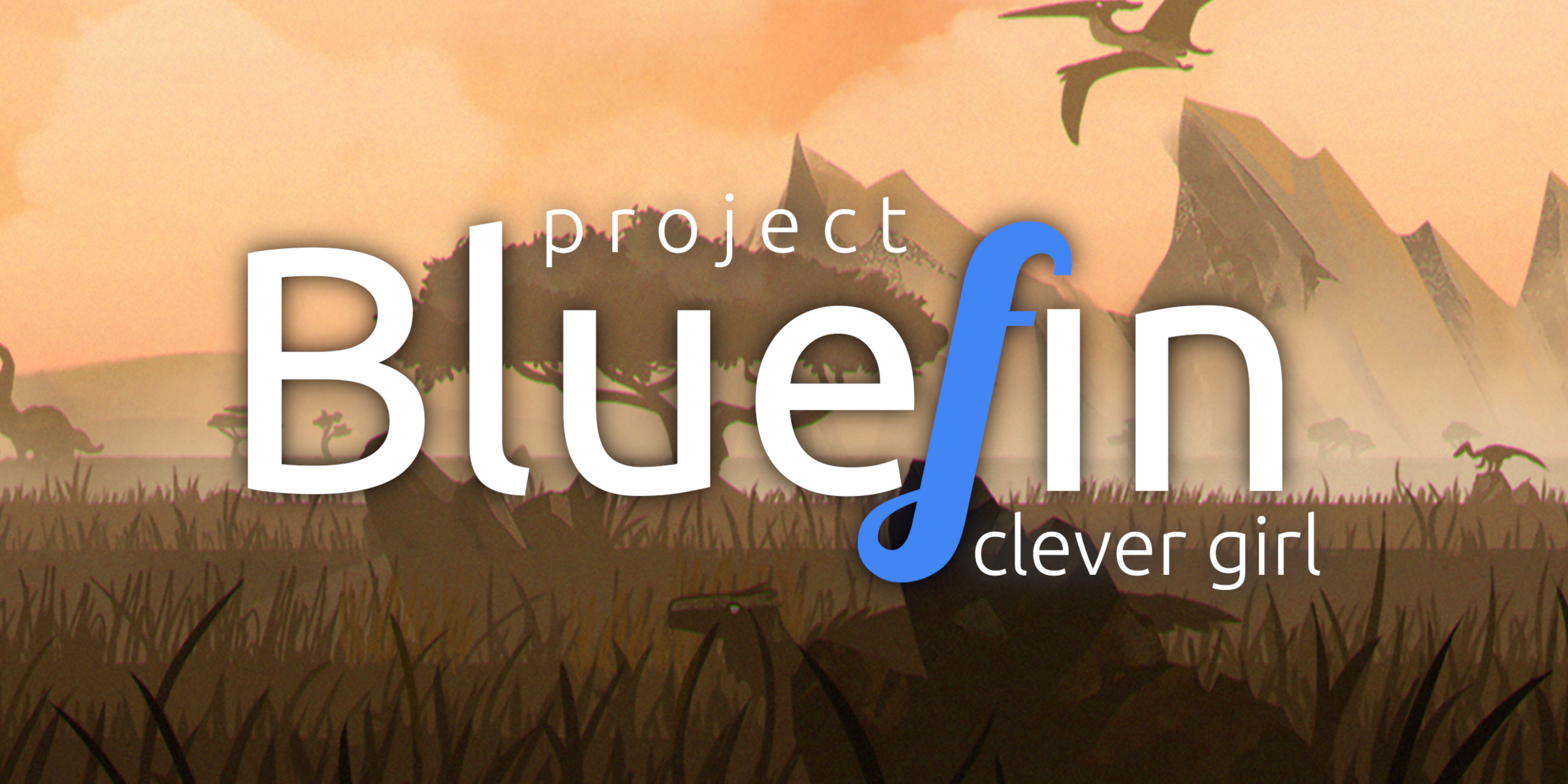- 3 Posts
- 34 Comments
I run Guix System on my personal laptop and Project Bluefin on my work machine.
Guix is even easier to get started with now thanks to the Guix Packager , a web UI for writing Guix package definitions.
Project Bluefin auto-updates thanks to its use of container images deliver system updates. It’s also just a great platform to get started writing containerized apps, since it ships with rootless Podman by default and you can easily add new developer tools using
justcommands.

 2·1 year ago
2·1 year agoHey there, for a very simple start there’s the
compose.yamlfile at the bottom of my comment here.

 41·1 year ago
41·1 year agoThe Intel discrete cards are fantastic value for money. There’s plenty of folks on the internet who can attest to this. Intel’s support story in general (so not just graphics cards) on Linux has been nothing less than sterling. If you’re using any Linux kernel you can expect Intel stuff to just work. It’s been this way for at least a decade.

 1·1 year ago
1·1 year agoWebOS powers TVs now and, from the article, Amazon intends this replacement to cover their Fire tablet line. WebOS ticks all their boxes, especially since apps in Amazon’s new flavor are intended to be delivered as React Native web apps.

 6·1 year ago
6·1 year agoI’m devastated they didn’t choose to pick up webOS for this.

 1·1 year ago
1·1 year agoThis sounds like something on your end as I get cached builds every time, rootlessly even. Podman also supports cache mounts.

 2·1 year ago
2·1 year agoCheck my comment history for an example of a simple bind mount
compose.yamlI use for developing a small Python project. It’s exactly the same as Docker Compose (since Podman Compose follows the Compose spec) but if you’re just getting started, it might be a good skeleton to build on.

 4·1 year ago
4·1 year agoThere’s real usability benefits too. I’ve collected some anecdotes from Reddit:
Rootless podman is my first choice for using containers now, it works fantastically well in my experience. It’s so much nicer to have all my container related stuff like volumes, configs, the control socket, etc. in my home directory and standard user paths vs. scattered all over the system. Permission issues with bind mounts just totally disappear when you go rootless. It’s so much easier and better than the root privileged daemon.
and,
If you are on Linux, there is the fantastic podman option “–userns keep-id” which will make sure the uid inside+the container is the same as your current user uid.+
and,
Yeah in my experience with rootless you don’t need to worry about UID shenanigans anymore. Containers can do stuff as root (from their perspective at least) all they want but any files you bind mount into the container are still just owned/modified by your user account on the host system (not a root user bleeding through from the container).
finally,
The permissions (rwx) don’t change, but the uid/gid is mapped. E.g. uid 0 is the running user outside the container, by uid 1 will be mapped to 100000 (configurable), and say 5000 inside the container is mapped to 105000. I don’t remember the exact mapping but it works roughly like that.
I try to write about it as much as I can here! There’s also !guix@lemmy.ml
You can use Git, Syncthing or any other FOSS sync tool of your choice.
Logseq is FOSS and easily one of the best notetaking apps out there. It’s got whiteboards, interlinking at the block level, a big ecosystem of extensions and multiple panes so you can derive context as you write.
It’s my choice for the majority of writing I do in my day to day and hasn’t let me down once. My only wish list feature is multiplayer but that’s coming soon.

 31·1 year ago
31·1 year agoHmm, well Fedora on its own (so no Silverblue) is very much your classic way of shipping a distro. That tends to mean that, over time, “cruft” accumulates as you upgrade your system, uninstall/reinstall packages, etc. They leave bits of themselves behind that can cause unwanted behavior.
Fedora Silverblue, that Bluefin is based on, treats the entire system layer as “immutable”. Basically, it ensures consistency so that upgrades and package upgrades don’t leave the system in an inconsistent state.
What Bluefin adds on top of this is a set of opinionated, pre-configured layers suited for getting particular groups of tasks done. Those layers are also immutable and tested as a whole, which makes shipping those layers at velocity easy (faster upgrades, less wonky behavior on upgrade) and easy to swap between, so you can go from gaming to developer mode without worrying about an accumulation of cruft.
Is that helpful at all? There’s also this announcement blog post, which I found very helpful in understanding the value proposition.

 32·1 year ago
32·1 year agoBecause it uses OCI images, it auto-updates like a Chromebook, and you can switch between modes, like say a gaming mode that’s a full SteamOS replacement, to a mode that gives you an entire development environment without needing to install and configure these layers or stacks of capabilities yourself.
That’s very powerful. For cloud native developers like myself who are used to working with container images as the deliverable artifact, this makes that workflow very easy. Podman is included. You can create entire development environments at will that are totally “pure”: no side effects because everything you need is in the container. That’s a Dev Container.
It should be harder to support Docker, which hasn’t released a new open source product since before Docker Desktop, which is also proprietary. Podman Desktop? OSS. It’d be hard to name a product Red Hat supports that isn’t OSS.
For what it’s worth, I just wrote up a
compose.yamlfile as I’d write it for Docker Compose and it just worked. See the bottom of my comment on this GitHub issue for an example. I think the team’s intention is for it to transparently support whatever you’d write for a standard Compose file but of course we don’t have things like the brand new Dockerwatch. They do point to the Compose spec in the Podman Compose README. Bind mounts are good enough for me, thus far.

 1·1 year ago
1·1 year agoThat’s what I thought but I’ve tried five or so images without success including the more mainstream ones like Fedora.

 1·1 year ago
1·1 year agoThe old homegrown Pardus was really something special with its Kaptan system configuration tool and PiSi package manager.

 1·1 year ago
1·1 year agoI love Guix and want to see it get more recognition but I’ve never been able to get Distrobox working on Guix System, have you? I opened a discussion on the Distrobox GitHub but it was quickly closed.
I use Guix Home too and love it! Never been able to figure out how to get git-annex to work, especially on an Android device.




The original EverQuest theme song was mine. Captured the epic wide-eyed wonder of going on an adventure perfectly.